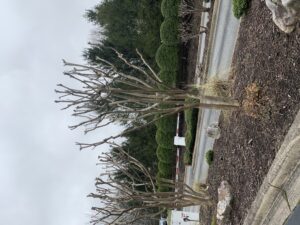
Pruning Calendar
Plants Remarks JANUARY Shade Trees: oak, hickory, beech, black gum, poplar, sycamore, ginkgo, etc. * (Bleeder trees include: birch, dogwood, elm, maple, & styrax) Prune …



El inglés es el idioma de control de esta página. En la medida en que haya algún conflicto entre la traducción al inglés y la traducción, el inglés prevalece.
Al hacer clic en el enlace de traducción se activa un servicio de traducción gratuito para convertir la página al español. Al igual que con cualquier traducción por Internet, la conversión no es sensible al contexto y puede que no traduzca el texto en su significado original. NC State Extension no garantiza la exactitud del texto traducido. Por favor, tenga en cuenta que algunas aplicaciones y/o servicios pueden no funcionar como se espera cuando se traducen.
Inglês é o idioma de controle desta página. Na medida que haja algum conflito entre o texto original em Inglês e a tradução, o Inglês prevalece.
Ao clicar no link de tradução, um serviço gratuito de tradução será ativado para converter a página para o Português. Como em qualquer tradução pela internet, a conversão não é sensivel ao contexto e pode não ocorrer a tradução para o significado orginal. O serviço de Extensão da Carolina do Norte (NC State Extension) não garante a exatidão do texto traduzido. Por favor, observe que algumas funções ou serviços podem não funcionar como esperado após a tradução.
English is the controlling language of this page. To the extent there is any conflict between the English text and the translation, English controls.
Clicking on the translation link activates a free translation service to convert the page to Spanish. As with any Internet translation, the conversion is not context-sensitive and may not translate the text to its original meaning. NC State Extension does not guarantee the accuracy of the translated text. Please note that some applications and/or services may not function as expected when translated.
Collapse ▲
Plants Remarks JANUARY Shade Trees: oak, hickory, beech, black gum, poplar, sycamore, ginkgo, etc. * (Bleeder trees include: birch, dogwood, elm, maple, & styrax) Prune …

Genetic improvement plays a pivotal role in the profitability and vitality of cow-calf operations. Therefore, in order to maintain …

January is National Radon Action Month and Radon Awareness Week is January 22-26, 2024. As a part of this educational campaign, EPA and …
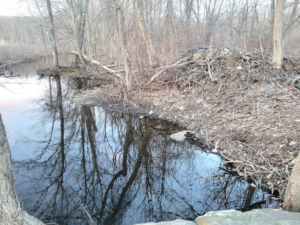
Since beavers were successfully reintroduced to North Carolina in 1939, this native species has thrived, benefitting people and wildlife …
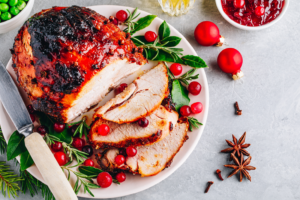
Everyone goes extra crazy about cranberries from Thanksgiving through New Year’s Day, sadly after that often cranberries are shelved. …
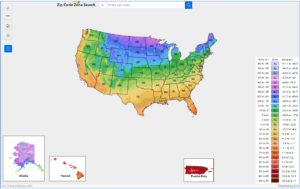
We use the Hardiness Zone Map as one of the tools to help us choose the right plant for …

I love American Beautyberry, Callicarpa americana, because birds like it, but they do not love it. This means they don’t bother the …

Please join the NC4-HVLA for this year’s conference in Durham! The 2024 VLC Information Flyer includes the following information but …

The Jackson County Food Council is hiring for a part-time Coordinator position. Please see the information below about the …

Coming to a mailbox near you!! We’d like to announce the winners of this year’s Swain County 4-H Holiday …
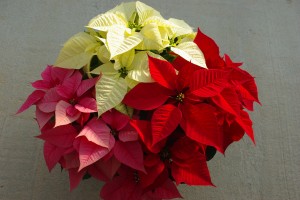
Everything you want to know about Poinsettias How to choose the right poinsettia for you? Decorating with poinsettias Growing poinsettias in the …
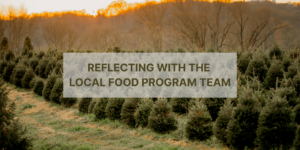
Local food system development continues to be an exciting and impactful strategy for supporting strong communities across North Carolina. …

Eggcellent work North Carolina at 2023 National 4-H Poultry & Egg Conference Event! On Nov 15-16, 2023, the 2023 National …
November marks Lung Cancer Awareness Month, and it serves as a crucial reminder that radon is the primary cause …
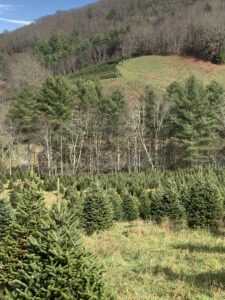
Ethno – What? Simply put, ethnobotany is the study of how people and cultures (ethno) interact with plants (botany). The …

Congratulations, to members of the Swain County Bullets & Bow 4-H Club! These 4-Hers had a great day at …

The EPA estimates that one-third of food produced in the US is wasted, and food waste makes up 24% …